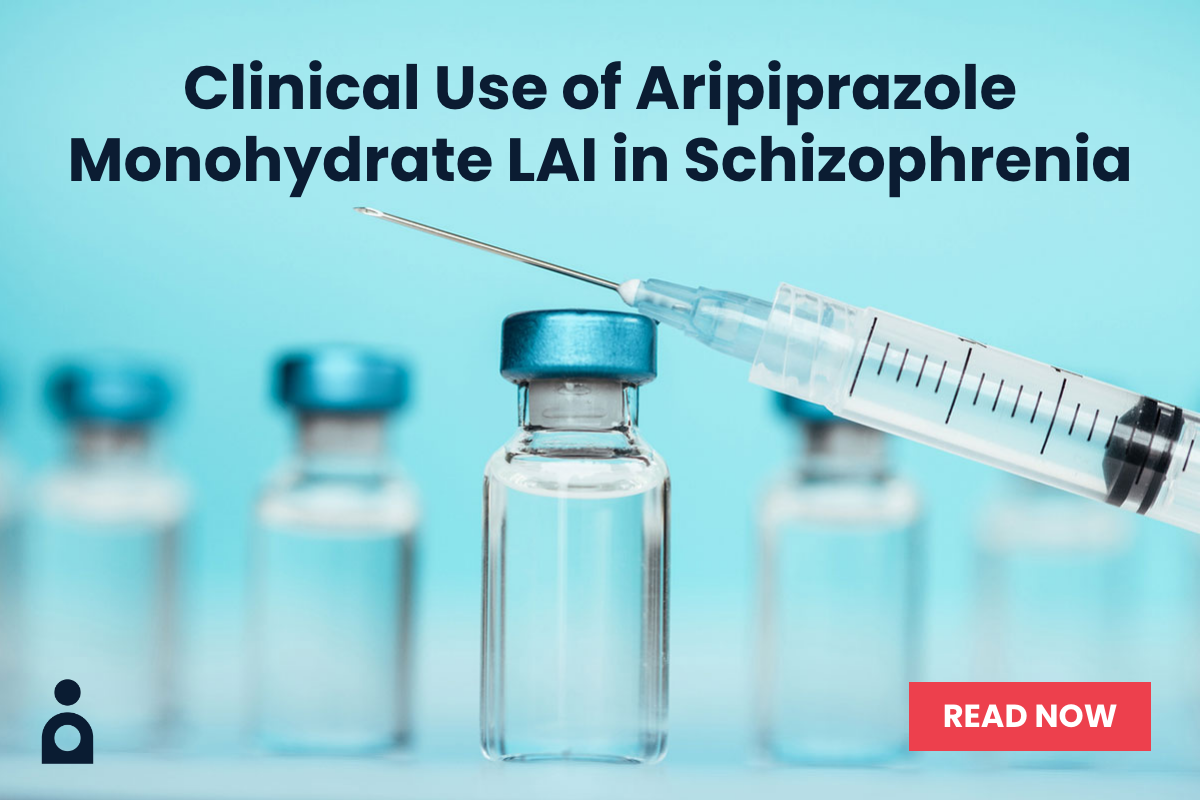Objective: To evaluate the effects of atomoxetine alone and in combination with behavior therapy on the school functioning of children with attention-deficit/hyperactivity disorder (ADHD). Most atomoxetine studies have not assessed school functioning other than by measuring the change in ADHD symptoms. Combining behavior therapy with atomoxetine may be particularly beneficial for the academic domain as medication has not been found to produce sustained benefits in this realm. However, there is little research examining the effects of combining atomoxetine and behavior therapy.
Method: In an 8-week open-label trial, 56 children aged 6-12 years with ADHD diagnosed according to DSM-IV-TR were randomly assigned to receive atomoxetine and behavior therapy or atomoxetine alone. Behavior therapy consisted of an 8-week parenting course, a child social skills course, and a teacher-implemented daily report card of classroom behavior. The primary outcome was direct observation of the subject’s classroom behavior. Secondary outcomes included change in ADHD symptoms and functioning at home and school. All data were collected between March 2007 and May 2008.
Results: Classroom observations showed that atomoxetine decreased rule violations (P < .0001). Moreover, atomoxetine was associated with significant improvements in ADHD and oppositional defiant disorder symptoms at home and school and enhanced functioning in both domains (Impairment Rating Scale: all P < .001). Combined treatment led to greater improvements in parent-rated symptoms of inattention (P < .01), problem behaviors (P < .001), and academic impairment (P < .05). However, teachers did not report significant group differences.
Conclusions: Atomoxetine improved ADHD symptoms and classroom functioning as measured by parents, teachers, and direct observation. The addition of behavior therapy led to further improvements at home but not at school.
Trial Registration: clinicaltrials.gov Identifier: NCT00918567
J Clin Psychiatry
Submitted: June 16, 2009; accepted November 2, 2009.
Online ahead of print: June 29, 2010 (doi:10.4088/JCP.09m05496pur).
Corresponding author: James G. Waxmonsky, MD, Center for Children and Families, 106 Diefendorf Hall, 3435 Main St, Bldg 20, Buffalo, NY 14214 ([email protected]).
Members Only Content
This full article is available exclusively to Professional tier members. Subscribe now to unlock the HTML version and gain unlimited access to our entire library plus all PDFs. If you’re already a subscriber, please log in below to continue reading.
Please sign in or purchase this PDF for $40.00.
Already a member? Login

